Latest Photo Acquisitions: GIs, Bombed-Out German Cities & Panzers
- Lavavoth

- Jun 7, 2017
- 3 min read




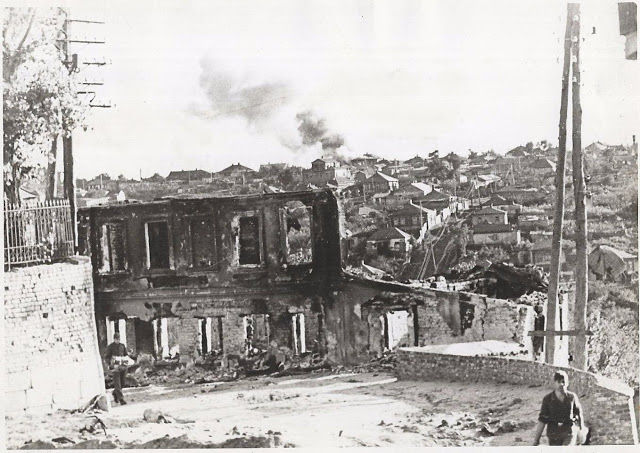
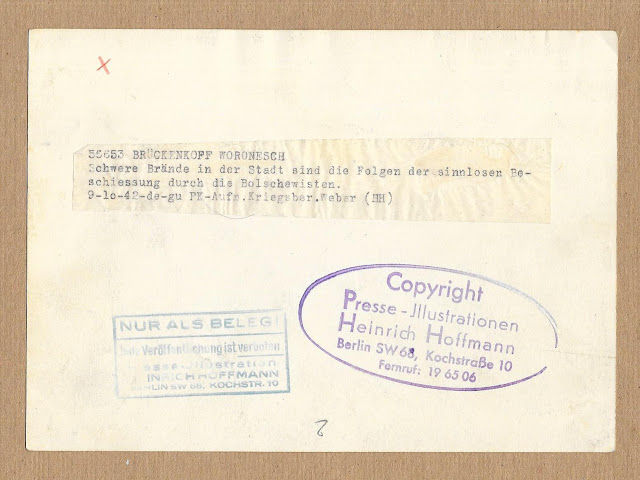
The GI images, marked by subtle motion blur, convey the immediacy of lived moments—unfiltered, instinctive, and often imperfect.
After being haunted by the Brandstätten images in December, I decided to purchase original photographs of WWII bombed out German cities. So far, I have acquired thirteen photographs from vendors in Europe and the US. One of the photos that I acquired was photographed by the official Nazi Photographer, Heinrich Hoffmann (see images above).
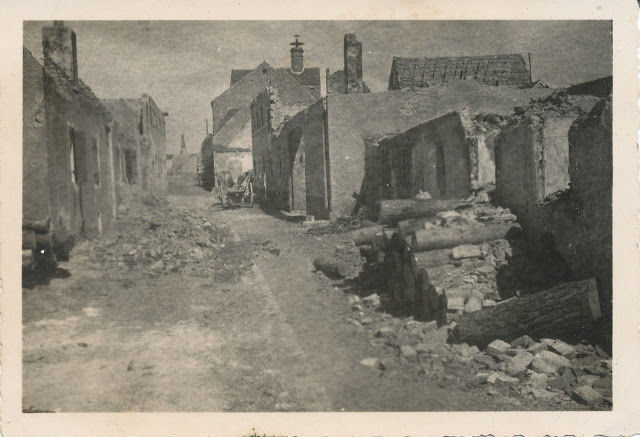

Some of the photographs hold an unexpected artistic quality, suspended between beauty and horror. The GI images, marked by subtle motion blur, convey the immediacy of lived moments—unfiltered, instinctive, and often imperfect. The RPPCs are exquisite in their composition, tonal range, and contrast—each one meticulously framed. The seller I purchased them from has additional photographs of bombed-out German cities that I’m eager to acquire, though the prices remain high. The U.S. Army photos, too, feel like simulacra—images so composed they seem to echo not just reality, but its reconstruction.


The Liminality in the Sublime
The word sublime comes to mind when I look at these photos. Sublime is a term that connotes both a sense of splendor and awe as well as horror and terror. For something to be sublime means to pass from one state into another and back again. The related word, subliminal, which means something existing or operating below the threshold of awareness---the liminal state between beauty and horror---it is here where an inexplicable emotion that exists below the threshold of awareness that I find myself with these photos.
I consider myself a keeper of dark objects in an attempt to extrapolate meaning and understanding of such homo factus materiae, manmade artifacts that upon deeper analysis and viewing offer a journey into the sublime.
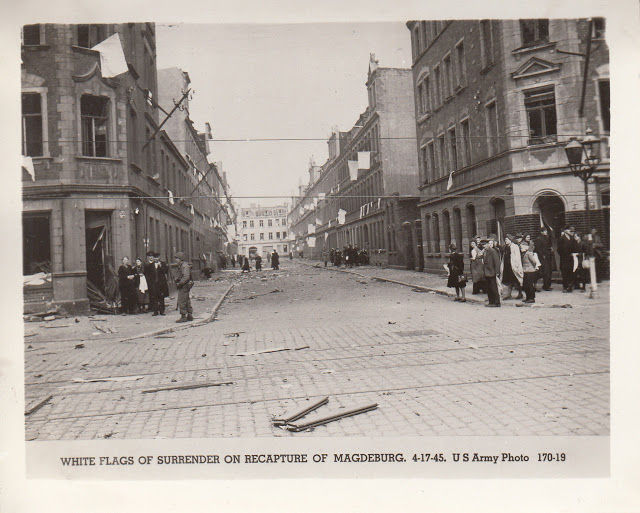
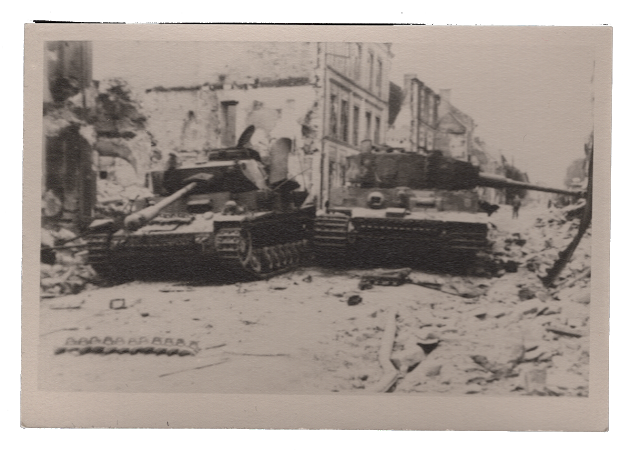
A Growing & Varied Collection
Maintaining a collection like this can feel unsettling at times, especially when certain photos arrive with a distinct psychic charge.
I’ve written about my photo collection before, and various selections appear throughout my blog. Lately, I’ve been reassessing the collection in its entirety—considering where it’s headed, what areas deserve focus, and what, if anything, I’ve outgrown. One subcategory continues to expand with surprising force: original photographs of German aircraft from the Second World War, both intact and destroyed—particularly Messerschmitts and Heinkels. This area alone now warrants a post of its own.
Hans, who flew Messerschmitt Bf 109s exclusively during the war, remains deeply attached to these aircraft. His fascination hasn’t faded with death; if anything, it has sharpened. More than once, he’s orchestrated the sudden appearance of these photographs—surfacing online from nowhere, offered at implausibly low prices. When they do show up in auctions, I tend to win them with minimal resistance, if any at all.

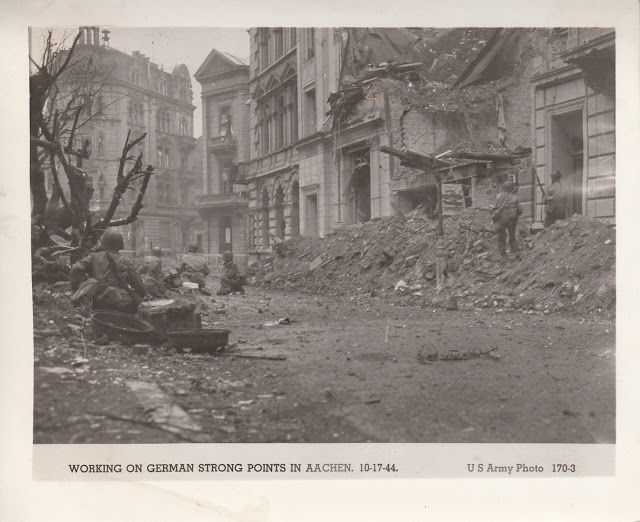
Since D-Day 2015, my World War II German photo collection has expanded into several subcategories: military portraits, bombed-out German cities, Messerschmitts, Panzers, Dorniers, battle scenes, flak guns, and military formations. All photographs are authentic. If a piece includes period handwriting or an identified photographer, all the better.
Maintaining a collection like this can feel unsettling at times, especially when certain photos arrive with a distinct psychic charge. In rare cases, I’ve been able to apply my skills in psychometry. Antique photographs and objects often carry their own residual energy, sometimes arriving with unexpected visitors from the other side. When that happens, I trust Hans to exercise his gatekeeping abilities as needed. In life as in death, Hans remains a warrior in every sense. I don’t expect him to fight all my battles—responsibility for my actions rests with me—but it’s reassuring to know he has my back when uninvited phenomena cross the threshold.



Comments